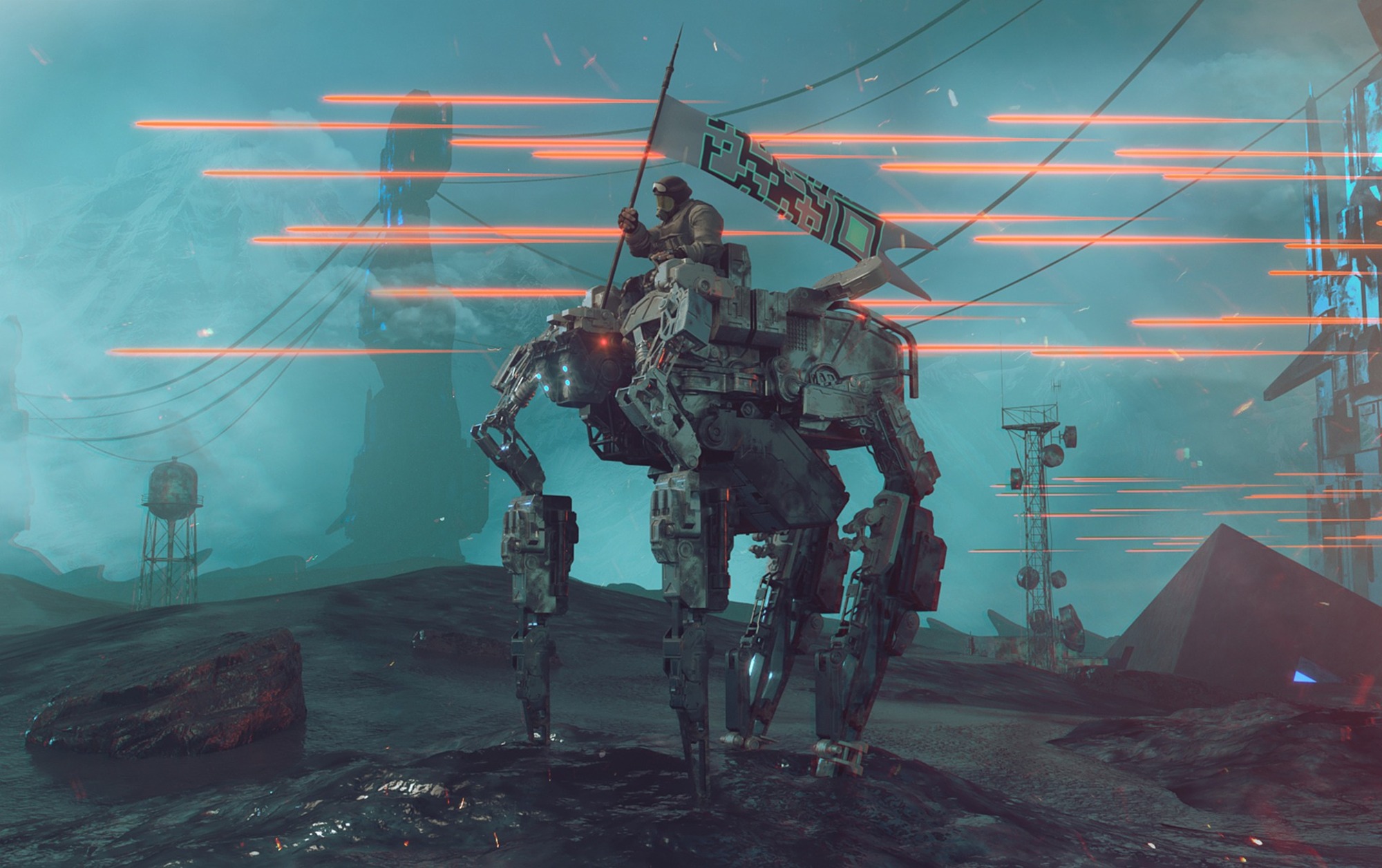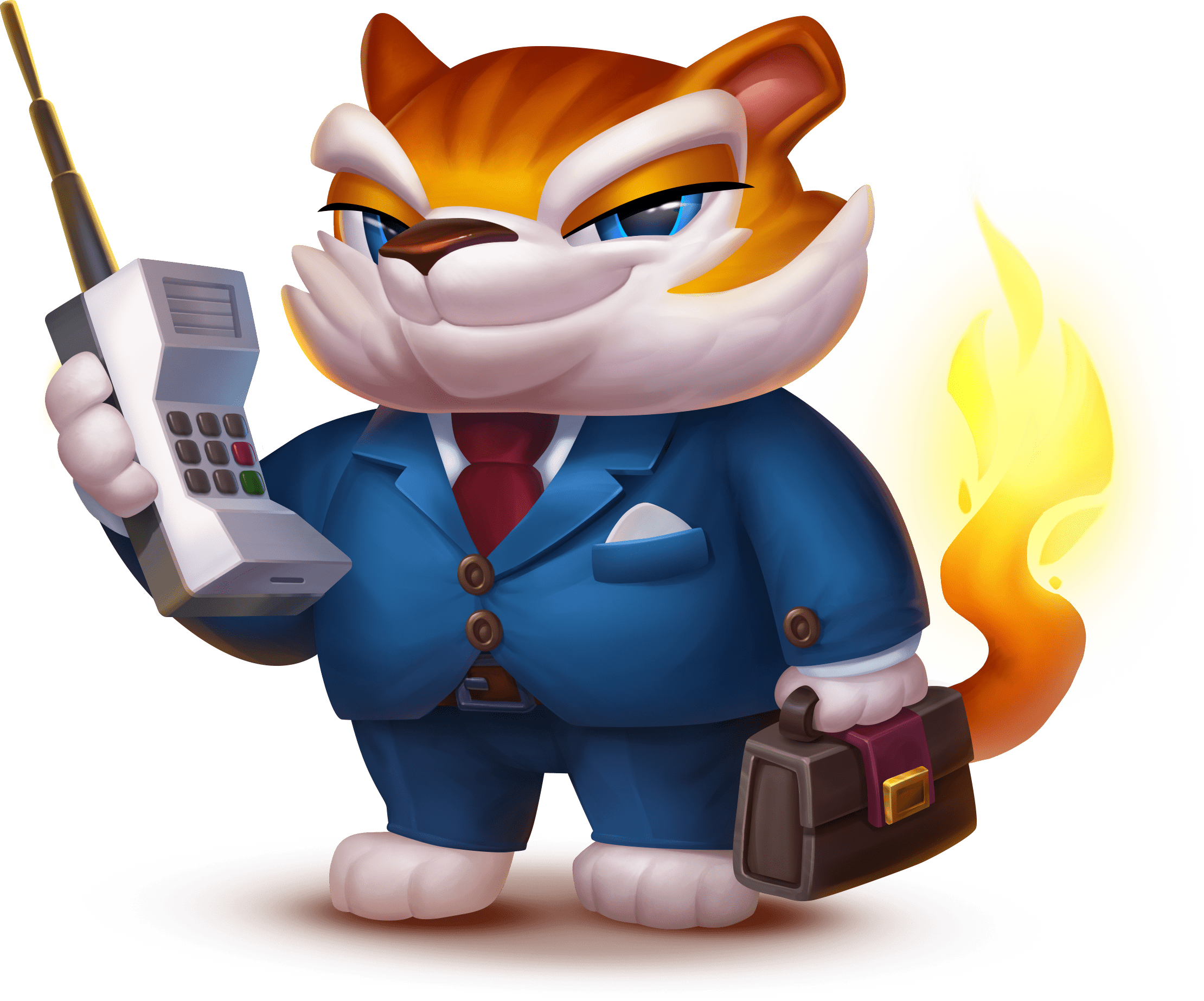Developing a game is a complex task, and creating game art and assets adds another layer of intricacy. Considering outsourcing for your game art project can be a practical solution, but a successful outsourcing experience requires careful planning and communication. This guide provides a comprehensive overview to help you navigate the process of outsourcing game art effectively.
Understanding Game Art
Game art encompasses all visual components in a game, including characters, environments, items, interfaces, and backgrounds. Game art design involves the creation of these visuals to enhance the overall gaming experience. It is crucial to differentiate between game art and game design, where game designers focus on the game’s content, mechanics, and logic.
Starting with a Brief
The outsourcing process begins with a detailed brief outlining the specific graphic assets required for the game. Providing visual examples, a short game description, gameplay details, and references for the desired art style are essential. Key information such as asset details, polygon requirements, size, resolution, export format, optimization needs, software limitations, and game engine version should be communicated to the outsourcing partner.
Game Art Outsourcing Workflow
1. Finding a Partner
Research and identify potential game art studios through online platforms, social media, and referrals. Review their portfolios, testimonials, and blog pages to assess their capabilities.
2. Evaluation
Contact potential collaborators to discuss your project requirements and budget. Inquire about cost estimates for the references provided.
3. Discussions and Agreement
Engage in detailed discussions, emphasizing deadlines and project specifics. Negotiate terms and ensure clarity on deliverables. Sign a Non-Disclosure Agreement (NDA) if required before entering the production phase.
4. Production
Entrust the project to the game art studio, ensuring clarity on expectations and deadlines. Supervise the process through an art director, overseeing various stages such as concept art, 2D & 3D modeling, environment design, character design, asset design, lighting, and effects.
5. Review and Delivery
The in-house QA team of the game art studio ensures the quality of submitted work. Review the finalized art and provide feedback or request changes within the agreed terms of cooperation.
Tips for a Delightful Game Art Outsourcing Experience
- Choose the Right Outsourcing Partner: Thoroughly research potential game art studios by reviewing their websites, blog pages, and portfolios. Get in touch with the studios to assess their responsiveness and willingness to collaborate.
- Be Specific with Requirements: Clearly articulate your requirements to the studio, providing details, references, and deadlines. Working out project details at the beginning ensures better collaboration and understanding.
- Keep the Communication Line Open: Actively participate in the game art production pipeline, providing data and concepts for improved collaboration. Regular communication with the studio enhances the overall outsourcing experience.
- Protect Your Art: Implement a comprehensive Non-Disclosure Agreement (NDA) to safeguard your intellectual property. Be cautious about the amount of information shared and the channels through which data is communicated.
- Avoid Choosing Multiple Partners: Opt for a single game art studio to maintain cohesion in assets and ensure better deadline management. Dealing with multiple contractors can lead to inconsistencies in terms, tools, styles, and deadlines.
How to Obtain Game Art
Hire a Game Art Studio
Game art studios offer comprehensive services with a focus on quality and organized project management. While costs may be higher, experienced studios provide technology, manpower, and expertise for tailor-made projects.
Do It Yourself
Using in-house designers may initially seem cost-effective but can lead to disruptions in company workflow and slower project completion. Consider resource and technology constraints before opting for in-house development.
Hire Freelancers
Freelancers offer variable rates based on experience and reviews, making them suitable for small projects. Freelancers may lack predictability, and issues of transparency and control can arise when managing multiple freelancers. Be cautious about potential delays and challenges in coordinating multiple freelancers.
Looking to Outsource Your Game Art Project?
If you are considering outsourcing your game art project, explore the portfolios of different animation studios online to find a style that suits your needs. Sinspired Studio, with its experienced project managers and creative team, can guide you through various styles, explaining the advantages and disadvantages based on your project requirements.
Conclusion
A delightful game art outsourcing experience hinges on careful selection of partners, clear communication, and appropriate protection of intellectual property. Understanding the available options and choosing a reliable outsourcing method tailored to your project needs will contribute to a successful collaboration with game art studios.


